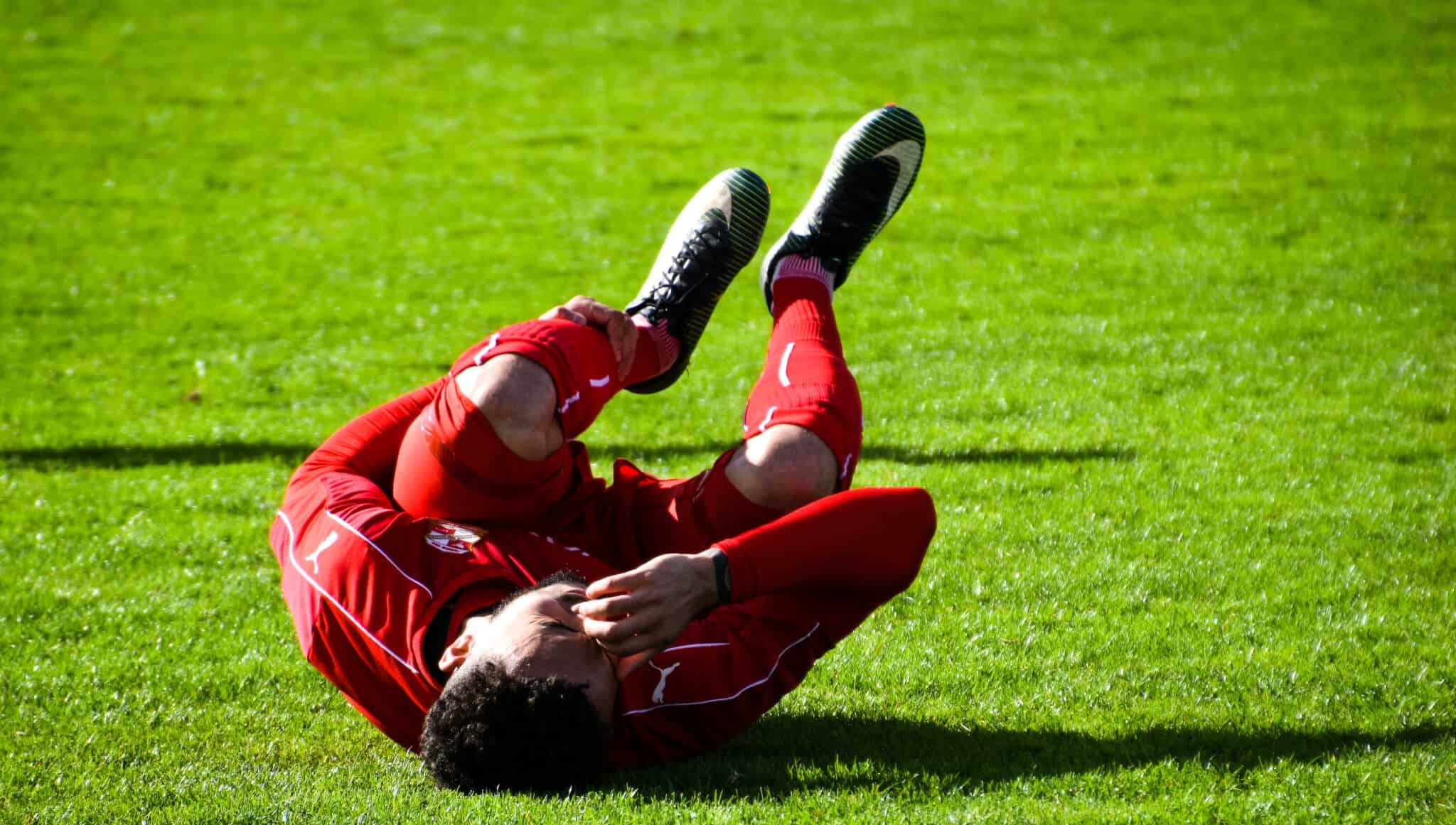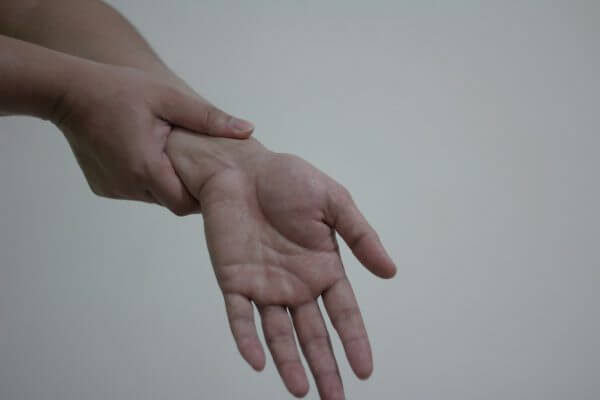Three Common Ankle Injury Setbacks
Injury setbacks are an all-too-common occurrence during the recovery process, although they happen more often to individuals who have injured a joint, especially the ankle. Ankle injuries can be varied and can range from sprains and breaks to tendinitis and ligament tears. Ankle injury setbacks are common because of the difficulty in both (a) immobilizing the joint and the areas around the joint when at rest and (b) refraining from using the injured area when recovering and starting normal activities.
Setbacks can pose physical as well as mental hurdles for patients suffering from an ankle injury. Athletes can lose stability and speed while many patients with an ankle injury can lose their confidence and mobility, whether or not they are an athlete, when it takes a long period of time to recover or when pain and inflammation flare up after a promising run of rehabilitation.
By offering patients a combination of strengthening exercises, orthopaedic bracing and emotional support tools, athletic therapists and sports medicine professionals can help reduce and manage setbacks when helping patients recover from an ankle injury. Below are the three of the most common ankle injury setbacks patients may encounter on the road to recovery and how medical professionals can help combat them and return patients to full health.
Scar Tissue and Microtrauma
The Setback
Patients will sometimes progress through recovery with textbook speed and efficiency. They will be a couple of short weeks away from being ready to completely restart normal sporting or everyday activities when all of a sudden pain, discomfort, stiffness and/or inflammation will creep back in. Microtrauma is oftentimes the culprit of this step backward.
Microtrauma occurs when the patient has overloaded the healing tissue. Healing tissue is often composed of immature collagen, which doesn’t bear the stress normally put on the ankle in the course of even light daily activity. Some of this tissue breaks down, which results in pain, inflammation and potentially a host of other troubling symptoms. The good news is that this is a very common setback and is not nearly as damaging to the joint and surrounding structures as macrotrauma, or the complete disintegration of the joint or surrounding structures, such as a full tear in the ligament.
The Road To Recovery
The regression caused by microtrauma is often just as much of a mental obstacle as a physical one for patients. Physically, if untreated, microtrauma can develop into heavier pain and inflammation and can result in chronic or near chronic issues associated with a buildup of scar tissue. To help counter this setback, return the patient to more regular rest, encourage them to use acute pain management strategies (such as ice, elevation, heat and massage) and make recommendations for orthopaedic supports, such as athletic tape or ankle braces.
It is also helpful to remind the patient that this is one of the most common ankle injury setbacks. Explain exactly what is going on with the body, how the physical exercises and measures will help rectify the condition and encourage them to journal or make small, daily notes on any progress they make to remind them that they are moving forward with recovery despite minor setbacks.
Re-spraining The Ankle
The Setback
This is quite obviously a huge step backwards in any recovery program for someone with a sprained ankle. When a patient re-injures their sprained ankle, it could be due to anything from returning to full competition too soon to simply landing on the joint the wrong way while doing a rehab exercise or getting out of the shower.
Most re-sprained ankles result in worse instability, pain and inflammation than the original sprain, making these ankle injury setbacks even more terrible to confront. Ankle sprains usually happen when the patient tries to shift body position rapidly with the foot fixed or planted. Frequently, the ankle rolls one way (usually outward) and the foot turns in the opposite direction (inward). When this happens, it can result in tearing and stretching of the ligaments on the exterior side of the ankle. Re-spraining the ankle sends the patient back to square one in the recovery process and can weaken the joint and surrounding structures even further.
The Road To Recovery
A sprained ankle that has been sprained once again is often weaker and thus harder to rehabilitate the second time around. Therefore, it is important to focus on strengthening the joint and the structures around it in any recovery program as well as investigate sturdier, more complex ankle supports. Recommending exercises that gradually strengthen the ankle and surrounding structures, such as the foot and calf, will help the patient recover and decrease the likelihood of permanent damage to the joint or another recurrence of the injury. Exercises such as toe and heel raises, step ups and ankle circles will help strengthen surrounding structures while decreasing inflammation and pain.
There is also a broad array of orthopaedic supports for weaker ankles or ankle injuries with a greater severity, such as a re-sprained ankle, that medical professionals can recommend to patients. Look for foot or ankle braces that support both the foot and the ankle and supports that keep the ankle mostly immobile to reduce the stress and movement on the severely weakened joint and ligaments.
Lastly, physiotherapists and sports medicine professionals should encourage patients to participate in physical activities that do not stress lower body movement during the beginning stages of recovery from a re-sprained ankle. Activities such as weight training or gentle yoga are great ways for active individuals to stay healthy and moving instead of immobile, which could lead to feelings of depression and other mental health issues.
Nerve Damage
The Setback
Another of the common ankle injury setbacks on the road to recovery is nerve damage, especially if the patient is battling back from an ankle sprain. Nerve endings in the ankle joint may be injured during an ankle sprain, which in and of itself poses a risk to the long-term health of the patient, but also makes other elements of recovery more difficult.
A key component of rehabilitation involves retraining the joint to regain its natural ability to guard against against abnormal and potentially harmful movements. This ability to detect movements and to sense the positions of its own parts is known as proprioception. Nerve damage hinders this process as it decreases the body’s capability to sense or react to movement quickly enough to suitably protect the ankle. This, again, can lead to not only the discomfort and physical risk of worsening the nerve damage, but can grind the recovery process for the ankle injury to a standstill.
The Road To Recovery
Solving the issue of nerve damage and guiding a patient through proprioception rehabilitation are two methods that go hand-in-hand and combine to form a process that will limit setbacks and increase the likelihood of full recovery.
Training the body to protect itself from an unusual movement that can result in re-injury involves retraining faulty movement and stabilization firing patterns. A physiotherapist may accomplish this with the help of devices designed to teach the ankle to regain the ability to navigate uneven terrain without risk of harm. These may include, for example, therapies that use wobble boards or that involve walking on unstable surfaces.
These methods will not only improve proprioception, but will also help to retrain the brain to connect with the nerves in the ankle and foot while promoting nerve growth, thus countering much of the damage resulting from an ankle injury







